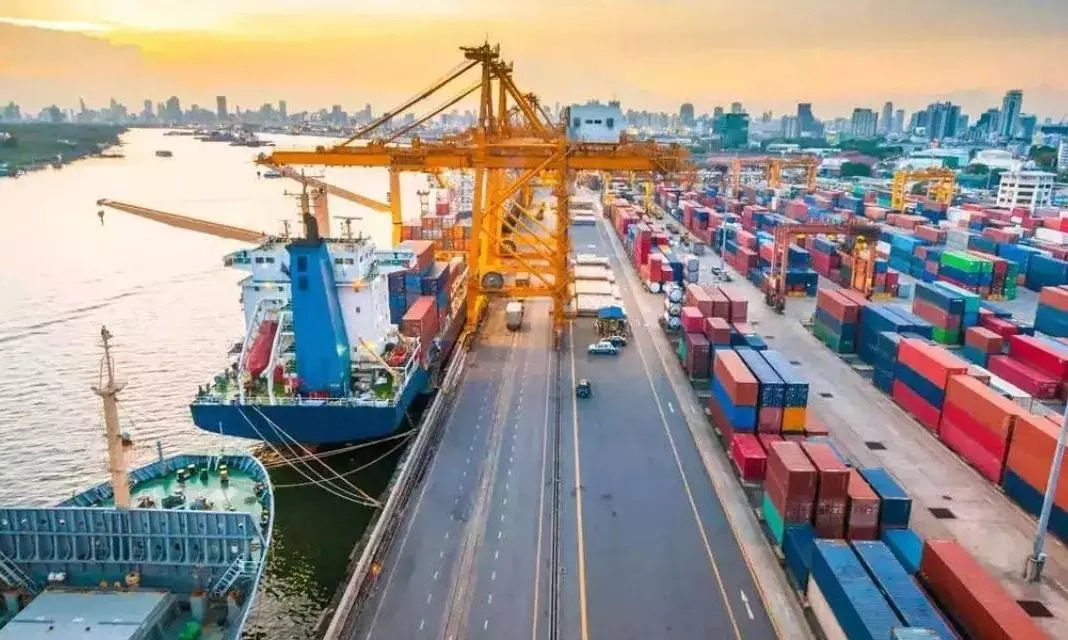Chennai:�Hardest hit by tariffs, Asian economies are more vulnerable to fluctuating US demand and rising protectionism, finds the IMF. However, relatively India is less vulnerable. Asia should boost domestic demand, and regional trade while looking at fiscal consolidation, it said while praising India for moving ahead in its fiscal glide path.
Countries in Asia, including China, Cambodia, Laos, Vietnam, Myanmar, Sri Lanka, Bangladesh and Hong Kong face some of the highest US tariffs. As a result, Asia faces structural headwinds, notably due to the vulnerability of its export-based growth model. “In India, which is less open compared with other economies, we project growth will slow moderately to 6.

2 and 6.3 percent, respectively, in 2025 and 2026. Growth in the ASEAN countries saw a steeper downgrade to 4.
1 per cent in 2025 on external shocks and domestic demand weakness in some economies,” IMF said. The likely headwinds from heightened trade tensions call for a more balanced growth model, led by stronger and structurally durable domestic demand in some countries, and greater diversification of exports and strong regional economic ties more broadly. Furthering diversification of export markets and regional integration could help insulate economies from global shocks, even in a region where trade is more durable than in the rest of the world.
IMF sees significant scope for more intra-regional trade in ASEAN, based on greater integration in the trade and financial spheres. Initiatives like the Regional Comprehensive Economic Partnership can help deepen cooperation—not only in the trade of goods, but also in services, the digital economy, and regulatory harmonization. Success in these areas increasingly hinges on digital capabilities, an area where Asia is making significant strides.
Singapore is among the most digitally competitive economies, and Korea and India lead in digital government services. Boosting domestic demand—especially private consumption—requires structural policy action. More effective social safety nets can help reduce precautionary savings and foster confidence, especially in China where plans for boosting consumption are a step in the right direction.
Where household debt is high, coordinated measures to restructure debt for people with heavy burdens, improved financial literacy, and preventing excessive borrowing would help support consumption. Fiscal adjustment that is anchored in a well-defined medium-term framework is needed. This includes improving the efficiency of public spending and tax reforms to raise more revenue.
India is one of the economies moving in this direction. It introduced a new policy to contain debt at a set level alongside efforts to raise revenues by promoting efficiency of tax administration and safeguarding social spending, it said.�.
Top

Asia should work on improving regional trade

Countries in Asia, including China, Cambodia, Laos, Vietnam, Myanmar, Sri Lanka, Bangladesh and Hong Kong face some of the highest US tariffs











